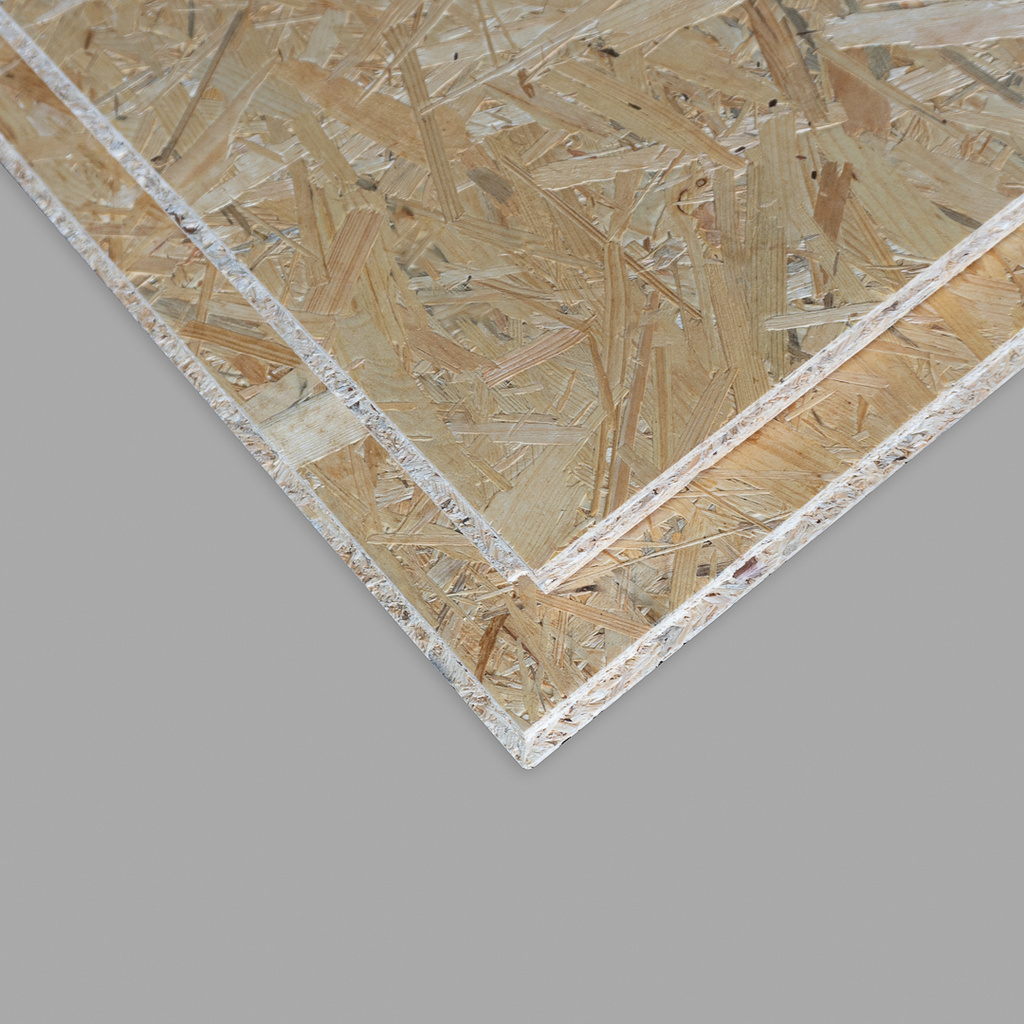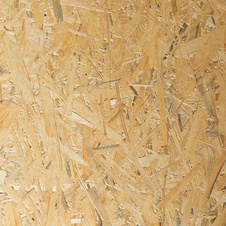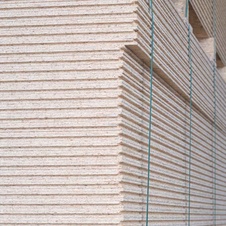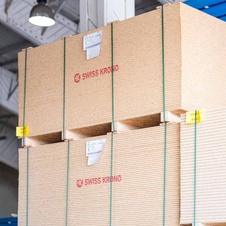OSB 3 with tongue and groove Uncut 25 x 675 x 2500 mm
Available at the branch
OSB 3 with a perforation of 25x675x2500 mm offers us versatile use in the interior. The wooden board with the designation osb/3 is also suitable for areas with humidity up to 85%. The particleboard has a perforated groove (PD4) on all four sides.
OSB and its applications
- Roof construction,
- Interior walls,
- Reinforcement of roof and wall structures,
- Ceiling structures,
- Packaging material,
- Partial fencing of construction sites,
- Furniture,
- OSB for flooring
We alsooffer osb boards without perforations or durelis boards.
Další varianty produktů

|
OSB 3 with tongue and groove Uncut 22 x 675 x 2500 mm |
€ 22.22 with VAT
|
Ukázat variantu |
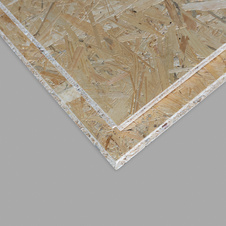
|
OSB 3 with tongue and groove Uncut 18 x 675 x 2500 mm |
€ 18.16 with VAT
|
Ukázat variantu |
Detailed Description
What are OSB boards
OSB (Oriented Strand Board) is a building board usually made up of three layers of wood fibers that are parallel to the longer edge of the board on the outside, while the middle layer has fibers arranged perpendicularly. The wood chip boards are bonded together by high temperature and pressure and then glued together with resin. This makes them strong and durable.
Advantages of OSB
- Easy and quick assembly,
- Stability of the material,
- Long service life,
- Maintenance-free
- High durability and strength,
- Good fire resistance,
- Good thermal insulation properties
OSB for safe interiors and furniture
Previously, OSB was manufactured using a formaldehyde binder. Nowadays, manufacturers use binders with polyurethane resins, which are health-safe and safe.
What are the types of OSB
- OSB/1 - for dry indoor environments with a temperature of around 20 °C and humidity up to 65%.
- OSB/2 - are durable and suitable for load-bearing use in dry environments.
- OSB/3 - suitable as load bearing construction boards that can withstand environments with elevated humidity, up to 85%.
- OSB/4 - are the most durable and strongest OSB boards that can withstand the highest loads.
What is OSB RH and PD4
OSB RH refers to OSB with a straight edge.
OSB PD4 refers to boards with perforations on all four sides.
Which OSB to use for the floor
OSB/2 is generally recommended in interior environments with low humidity . However, you can't go wrong if you choose OSB/3, which is more durable and suitable for environments with humidity levels of up to 85%.
Recommended: for convenient and quick installation, choose OSB with a groove.
How thick OSB to use for the floor
The thickness of the building board is also a key factor, matching the spacing of joists and beams.
We recommend: Move the OSB indoors a few days before installation. This will even out their moisture content and minimize dimensional changes.
| Spacing of joists/beams (mm) | 600 | 800 | 1000 |
| Recommended OSB thickness | 12 | 15 | 18 |
*The information given is for guidance purposes only and is not intended to be specific construction calculations.
How to store OSB
Ensure that OSB boards are not exposed to rain and do not come into long-term contact with soil. If you are not going to install the OSB boards in the near future, cover them with a breathable, waterproof tarp.
We recommend: Store the building boards horizontally, not upright - they could warp.
OSB and its storage
OSB should be stored horizontally in a well-ventilated area to prevent possible scorching and subsequent changes in wood properties such as discolouration, warping and swelling.
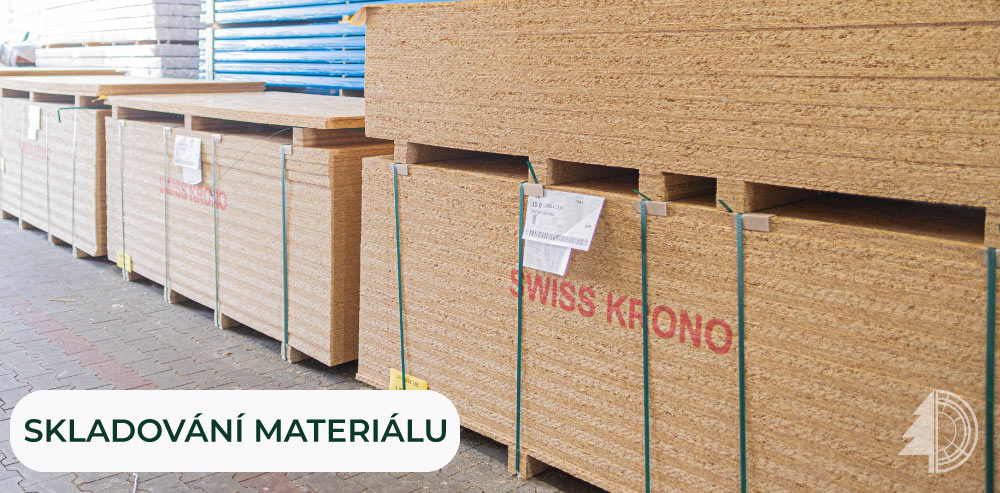
Package contents
1pc
1 pc osb plate weighs 24.5 kg
Packaging
We wrap each package of osb board in stretch film and fix the sides with strong cardboard. The whole package is tightly sealed with PVC tape.
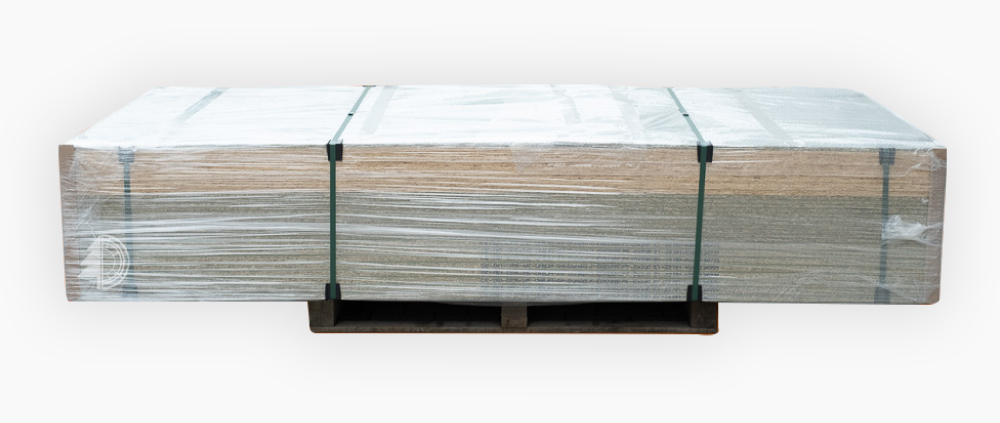
Technical specification
| Thickness | mm |
| Width | mm |
| Lenght | mm |
| Material | |
| Weight 1 pcs | kg |
Video example
Order discount
Product reviews
Product has not yet recieved any reviews. Be first!
